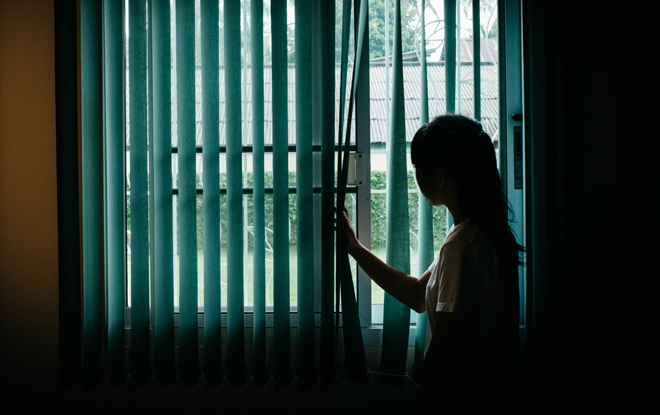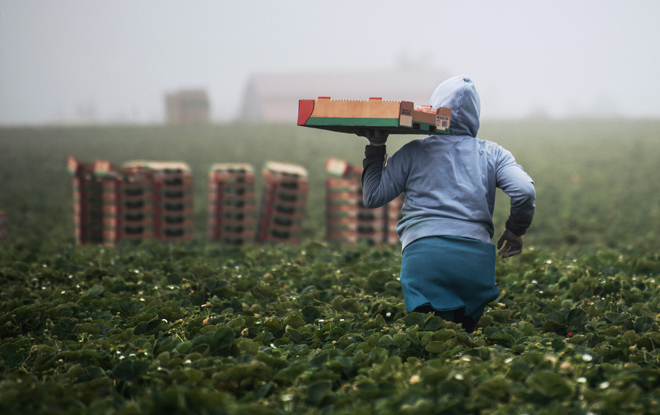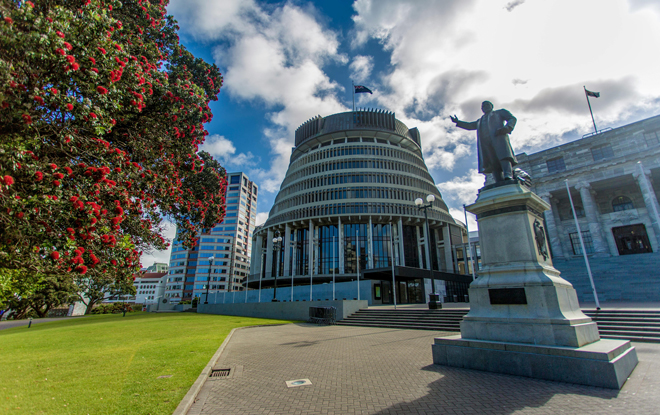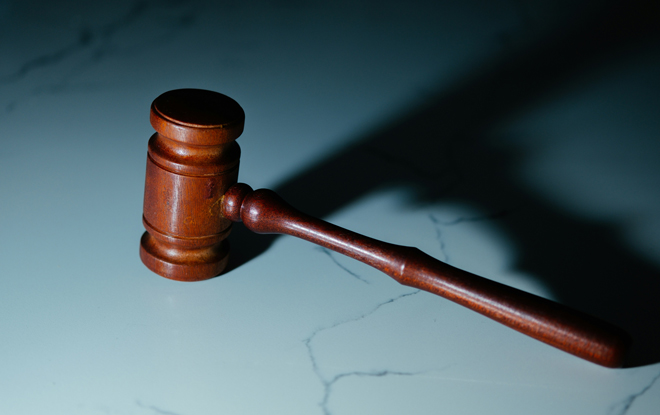New Zealand's Anti-Human Trafficking Measures Fall Short, Says Report
3819 0

International governments are ranked each year on their anti-trafficking efforts. Unfortunately, New Zealand lags once again. Photo: Tearfund
It’s estimated there are 8,000 people in New Zealand experiencing some form of modern-day slavery, according to The Global Slavery Index.
A recent report reveals the New Zealand Government is not doing enough to stop human trafficking.
The Trafficking in Persons report, released annually, provides information about governments' efforts worldwide to combat human trafficking. It ranks governments using a tier system; for the fourth year in a row New Zealand remains at Tier 2 of 3.
Tearfund’s Advocacy Manager Claire Gray says, “The countries we compare ourselves to, like Australia and the United Kingdom, are Tier 1- achieving significantly more in their advocacy for people vulnerable to trafficking. New Zealand lags once again.”
An estimated fifty million people are trapped in modern slavery today. That number equates to one in every 150 individuals across the globe. Globally, it’s the fastest growing criminal industry - and New Zealand isn’t immune.
“We might like to think slavery and sex-trafficking doesn’t happen in Aotearoa, but disturbingly, they do – and often in plain sight,” says Gray.
Trafficking is the loss of a person’s freedom; whether it’s being coerced into marriage, forced to carry out sexual acts for another’s commercial benefit, or compelled to remain in labour to an exploitative employer, these practices are abusive.

An estimated 50 million people are trapped in modern slavery today. That number equates to 1 in every 150 people around the world. Photo: Tim Mossholder / Unsplash
In 2020, Joseph Matamata, was sentenced for 11 years for human trafficking and slavery, after he lured individuals from Samoa to New Zealand with false promises of wealth, only to humiliate and exploit them for financial gain.
More recently, evidence has emerged in reports of a human trafficking and migrant exploitation ring uncovered in Hawke's Bay.
“Whether it’s in vineyards, on constructions sites, or in brothels, New Zealand does not escape the dark practices of human trafficking,” says Gray.
Despite New Zealand being ranked lower than our peers when it comes to our efforts combatting human trafficking, the report revealed some progress being made by the government.
This includes working together better across different agencies and improving how they identify victims of human trafficking.
“For the first time ever, the government identified an adult victim of sex trafficking. This is a positive step towards recognising this problem exists in New Zealand,” says Gray.
A private investigator specialising in the prevention of labour exploitation, Sean Hatwell says, while it’s positive to see more victims being identified, “The elephant in the room is a lack of labour trafficking cases, given the clear scale of the problem of labour exploitation in many of our industries.”

When it comes to prosecuting traffickers, protecting survivors, and preventing more trafficking injustices from occurring, the Government still has some more work to do. Photo: @xfly / Pexels
The report points out some other areas where the government is still falling short.
“There’s a lack of prosecutions, protection efforts are under-resourced, and the government isn’t holding its weight when it comes to preventing trafficking and exploitation,” says Gray.
The Government initiated fewer trafficking investigations than last year. For the fourth year in a row, it failed to prosecute any traffickers for forced labour.
“Trafficking is a very difficult crime to investigate and prosecute, but that doesn’t mean we shouldn’t try. The lack of prosecutions is somewhat incredible based on what I see at a ground level,” says Hatwell.
Although the government did prosecute a sex trafficker of children, Gray points out that it was done under the Prostitution Reform Act.
“This law carries much lighter penalties compared to other trafficking offenses. We need to see our legislation brought in line with international standards.
Gray also points to gaps in the government’s protection efforts. She says, it’s important victims of trafficking can get the services and support they need.
“Those who find themselves in exploitative situations are at risk of receiving confusing advice or being unable to access important social services, legal assistance, and health care”.
The report reveals the government is making “mixed efforts” when it comes to prevention.
During the United Nations review of our human rights practices, several countries called for the New Zealand Government to do more to tackle modern slavery in businesses’ supply chains.
Legislation in this space is crucial says Hatwell, “A lack of robust modern slavery act hinders all sections of society from combatting trafficking.”

“A lack of a robust modern slavery act hinders all section of society from combatting trafficking,” says Sean Hatwell. Photo: Wesley Tingey / Unsplash
Prior to the election, Prime Minister Christopher Luxon told Radio New Zealand that human trafficking was an issue he’s “deeply concerned about”. However, despite support from businesses and the public, in a recent statement to Newshub, the Government have said a modern slavery act is not a current priority.
Gray says New Zealand’s continued ranking in Tier 2 is a sign that our government should heed.
“The world watches on while New Zealand continues to delay putting in place meaningful measures, like a Modern Slavery Act that would help combat trafficking both here and internationally. The Trafficking in Persons Report is a reminder the Government’s inaction is being noticed.”
Find out more about Tearfund’s anti-trafficking work at Tearfund | Modern Slavery